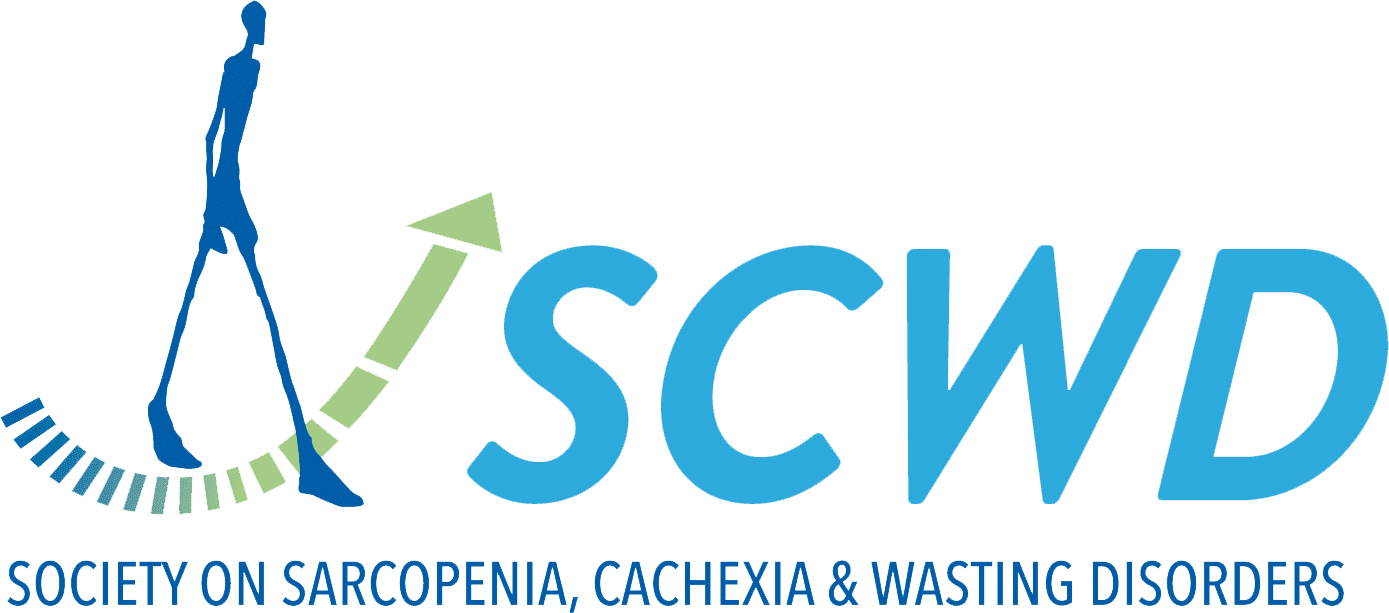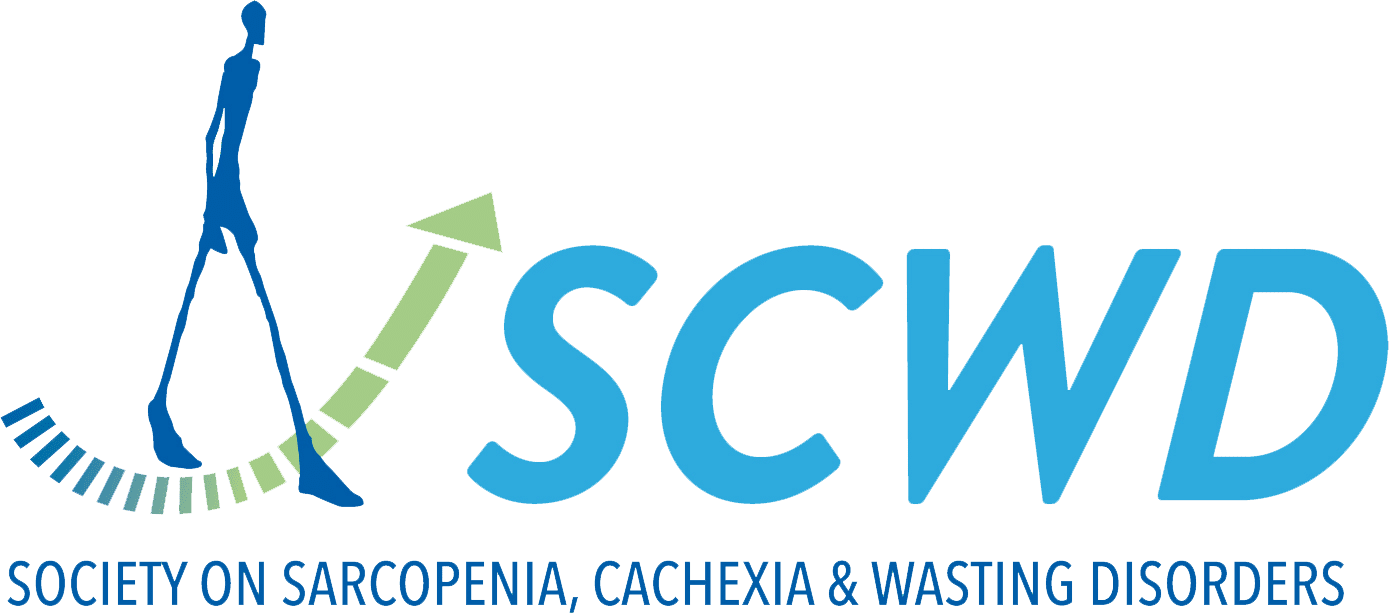Melatonin and Exercise Restore Myogenesis and Mitochondrial Dynamics Deficits Associated With Sarcopenia in iMS-Bmal1 Mice.
Sarcopenia, a condition associated with aging, involves progressive loss of muscle mass, strength, and function, leading to impaired mobility, health, and increased mortality. The underlying mechanisms remain unclear, which limits the development of effective therapeutic interventions. Emerging evidence implicates chronodisruption...


